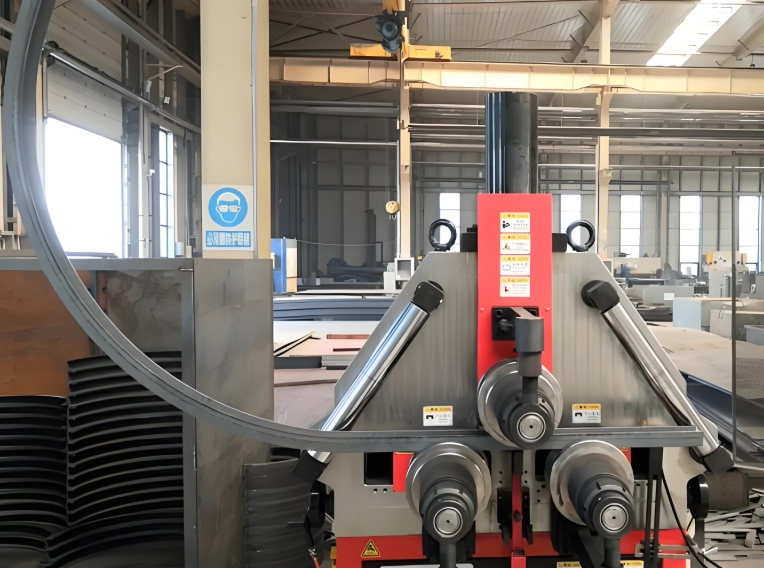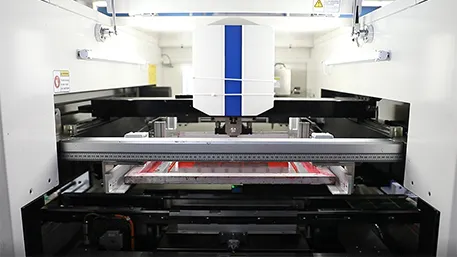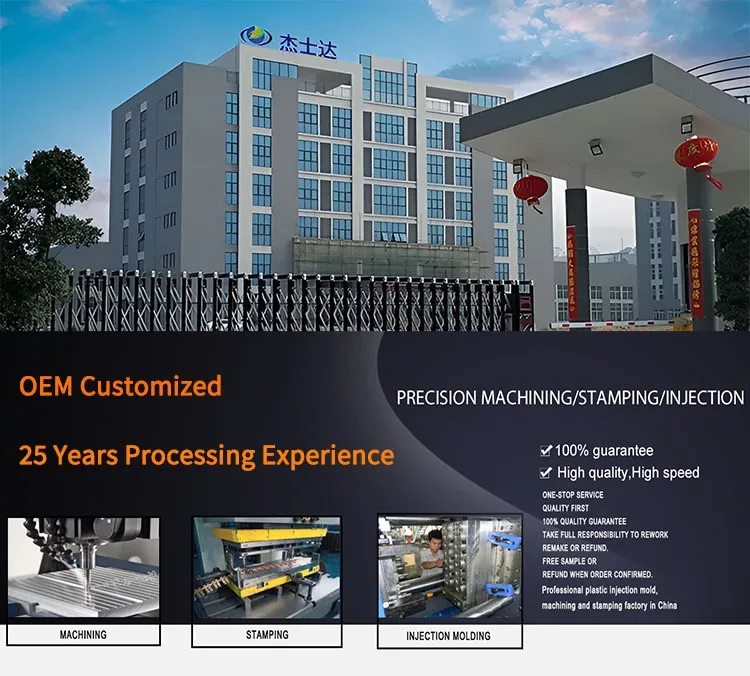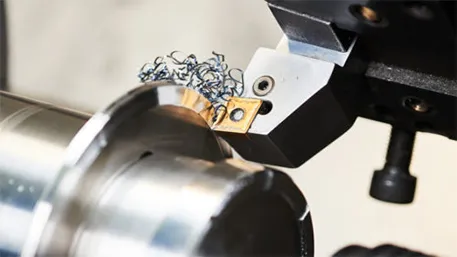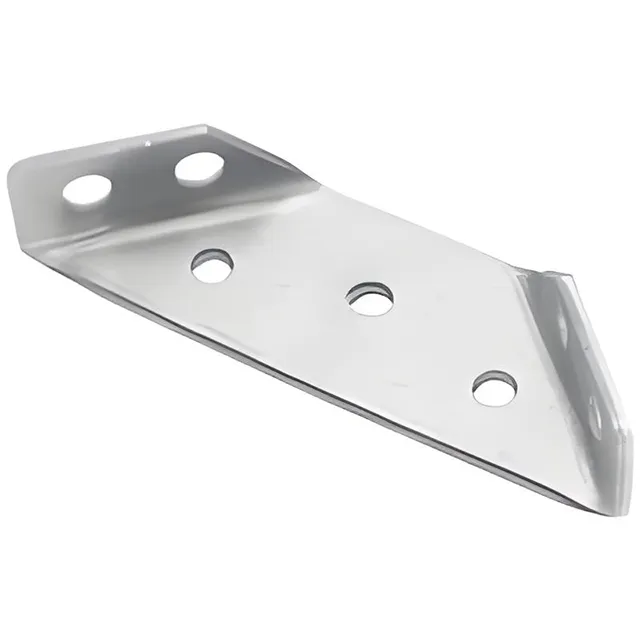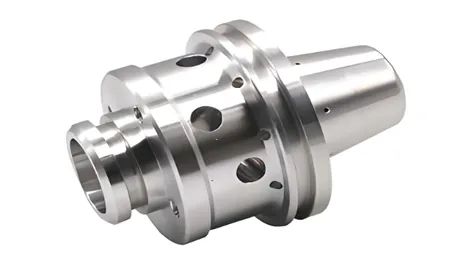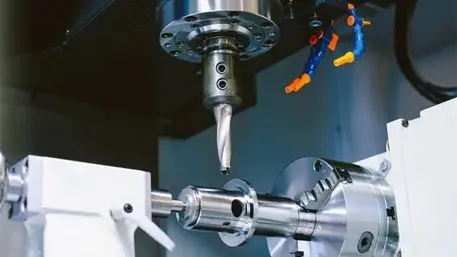CNC pipe bending is an automated manufacturing process that uses Computer Numerical Control (CNC) systems to precisely bend metal or plastic pipes into predefined shapes. It replaces manual bending by using preprogrammed software to control bending angles, radii, and tube rotation, ensuring consistent results. This technology is key for creating complex, repeatable bends in pipes used across industries.
Detailed Analysis of CNC Pipe Bending
1. Core Technologies
CNC pipe bending relies on specialized technologies to achieve accuracy:
- CNC Control Systems: These systems interpret CAD designs into bending parameters (angle, radius, rotation) stored in G-code. Advanced controllers adjust in real time to account for material springback (the tendency of pipes to straighten slightly after bending).
- Bending Machines: There are two main types: rotary draw benders (most common) use a die to shape the pipe around a mandrel, preventing collapse; roll benders form large-radius bends by passing the pipe through rotating rolls. Machines may have 3-5 axes for complex 3D bends.
- Tooling Components: Mandrels (inserted into pipes to maintain shape), dies (define bend radius), clamps (secure the pipe), and wiper dies (prevent wrinkling) are tailored to pipe diameter, material, and bend severity.
- Springback Compensation: Software calculates how much over-bending is needed to counteract springback, ensuring the final bend matches design specs. This is critical for metals like steel, which exhibit more springback than aluminum.
2. Manufacturing Process
The CNC pipe bending workflow involves these steps:
- Design & Programming: Engineers create 3D CAD models specifying bend angles, radii, and positions. CAM software converts these into machine code, including parameters like bend speed (typically 5-30 degrees/second) and clamp pressure.
- Setup: The pipe is loaded into the machine, and tooling (mandrel, die) is installed based on pipe size (0.25-24 inches diameter) and material. The machine calibrates to ensure alignment with the pipe’s starting position.
- Bending Execution: The CNC system activates clamps to hold the pipe, then rotates the bending die to the programmed angle. For multi-bend parts, the pipe rotates (around its axis) to position the next bend, all without manual repositioning.
- Inspection: Bends are checked with laser measuring tools or coordinate measuring machines (CMMs) to verify angle (±0.1 degrees) and radius accuracy. Adjustments are made to the program if needed.
3. Materials Used
CNC pipe bending works with various materials:
- Metals: Steel (carbon, stainless), aluminum, copper, and titanium. Steel is used for structural applications; aluminum for lightweight parts; copper for plumbing.
- Plastics: PVC, HDPE, and ABS are bent for non-structural uses like irrigation or electrical conduit, with lower bending temperatures to avoid melting.
- Alloys: Brass (decorative pipes) and nickel alloys (high-temperature industrial pipes) require specialized tooling due to their hardness.
4. Types of Products Produced
CNC pipe bending creates diverse components:
- Structural Pipes: Handrails, automotive roll cages, and furniture frames with precise 90-degree or custom angles.
- Industrial Tubing: Hydraulic lines, exhaust pipes, and coolant tubes with tight-radius bends for machinery.
- Plumbing & HVAC: Water pipes, air ducts, and refrigerant lines with complex 3D bends to fit in tight spaces.
- Aerospace/Automotive Parts: Aircraft fuel lines, car chassis tubing, and turbocharger pipes requiring minimal wall thinning.
5. Key Applications & Industries
CNC pipe bending serves critical sectors:
- Automotive: Producing exhaust systems, brake lines, and frame components with consistent bends to fit vehicle designs.
- Aerospace: Creating lightweight, high-strength tubing for fuel, hydraulic, and ventilation systems, where safety depends on precision.
- Construction: Fabricating handrails, scaffolding, and structural supports with custom bends for buildings and infrastructure.
- Plumbing/HVAC: Bending pipes for residential and commercial water, gas, and air distribution systems, ensuring leak-free connections.
- Industrial Machinery: Making hydraulic and pneumatic lines that route fluids efficiently through complex machinery layouts.
6. Common Scenarios & Advantages
CNC pipe bending excels in scenarios such as:
- Complex 3D Bends: Parts with multiple bends in different planes (e.g., automotive fuel lines) that manual bending can’t replicate consistently.
- High-Volume Production: Mass-producing identical bends (e.g., 10,000 brake lines) with minimal variation, reducing waste and rework.
- Tight Tolerances: Achieving bend angles within ±0.5 degrees and radii within ±0.1mm, critical for aerospace and medical applications.
- Reduced Material Waste: Precision bending minimizes the need for cutting and welding, lowering material usage compared to assembly of straight pipe segments.
Limitations include higher upfront costs for tooling (custom dies) and challenges with very thin-walled pipes (prone to wrinkling). However, its efficiency and accuracy make it indispensable for modern pipe fabrication.
In summary, CNC pipe bending combines automation and precision to produce complex, consistent pipe shapes, driving innovation in industries where reliable fluid and structural systems are essential.
